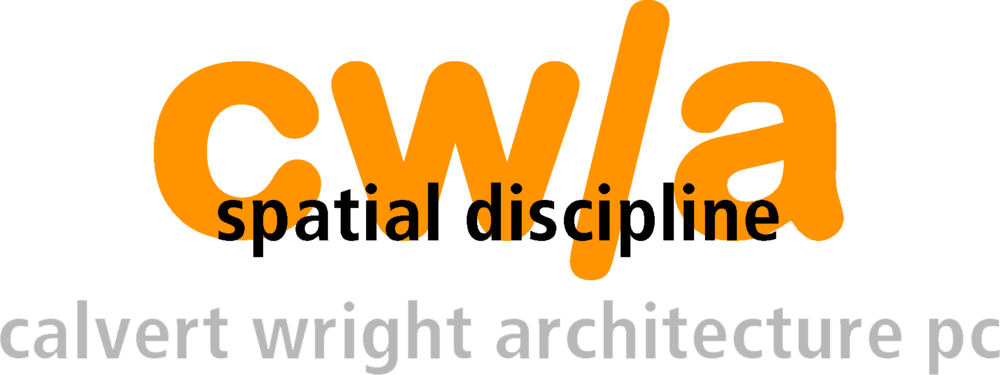methodologies
project management and communication
Calvert Wright Architecture is a firm with a successful history working with private clients as well as institutions and public agencies. We believe this success is due, in part, to the exchange of information and detailed communication practiced by our project managers and project architects. Diligent communication leads to thorough project documentation whether the documentation is meeting minutes or construction documents. Solid project documentation is an essential foundation for a well-managed project.
As a small firm, efficiency at Calvert Wright Architecture is always a priority. There are no layers of hierarchy. Especially on complex projects, our clients are grateful that the people who are making decisions about the design and documentation of the project are also the people overseeing the daily management of the project.
quality control
Internally, we kick-off every new project with a team-wide design charrette. This ritual produces a 360-degree exchange of ideas to start each project. We treat this charrette as a gaming device. It is a refreshing creative tool which also acts as a vehicle through which consultants and employees become are engaged with the project and become familiar with the challenges to be addressed.
As a follow-up to our kick-off design charrette, we schedule internal quality control reviews at regular project intervals timed in coordination with project milestones. Internal reviews cover a range of project issues: from design to detailing and documentation; consultant coordination to budget and schedule; code analysis to specifications and materials.
sustainability and ethical design
As members of the US Green Building Council, we are committed to sustainable design and the minimization of waste and inefficiency. These principles guide our designs as they relate to energy-efficiency, life-cycle costing and green building practices. Our approach to sustainability frequently includes the pursuit of LEED certification. Just as frequently however, we employ these principles without the administrative expense of certification. In March of 2012 we spoke about this issue at the New York Chapter of the AIA in a presentation titled, “Sustainable Interiors, LEED or not”. We believe that the minimization of waste and the pursuit of efficiencies is an ethical imperative.
project budgets and schedules
As a young firm, we were fortunate to work with clients and creative professionals with sophisticated aesthetic aspirations but exceptionally tight budgets and schedules. Over the years, this has trained our firm to be continuously mindful of a project’s budget and schedule as designs are developed. As with our commitment to sustainable design, our attention to a project’s budget and schedule is an ethical commitment we forge with our clients. These are not aspects of a project we delegate to subconsultants. These are core values which influence every decision at every stage of every project.
materials and resources
Our physical library of product catalogs had dwindled substantially as more reliable, up-to-date information is available online. Filling the void of outdated product catalogs is a growing collection of architectural history books and monographs. Our collection of mockups, models, materials and finish samples has benefited as well and all available additional shelf space has been filled.
Our standard workstations run Intel Core 2 Duo processors at 3.06 GHz with 27” 32-bit color displays. Our CAD program is Vectorworks Architect with which we are capable of Building information Modeling (BIM) and can exchange files in IFC format with workstations using Revit platform. To date, our use of BIM in Vectorworks has been successful for two projects.

